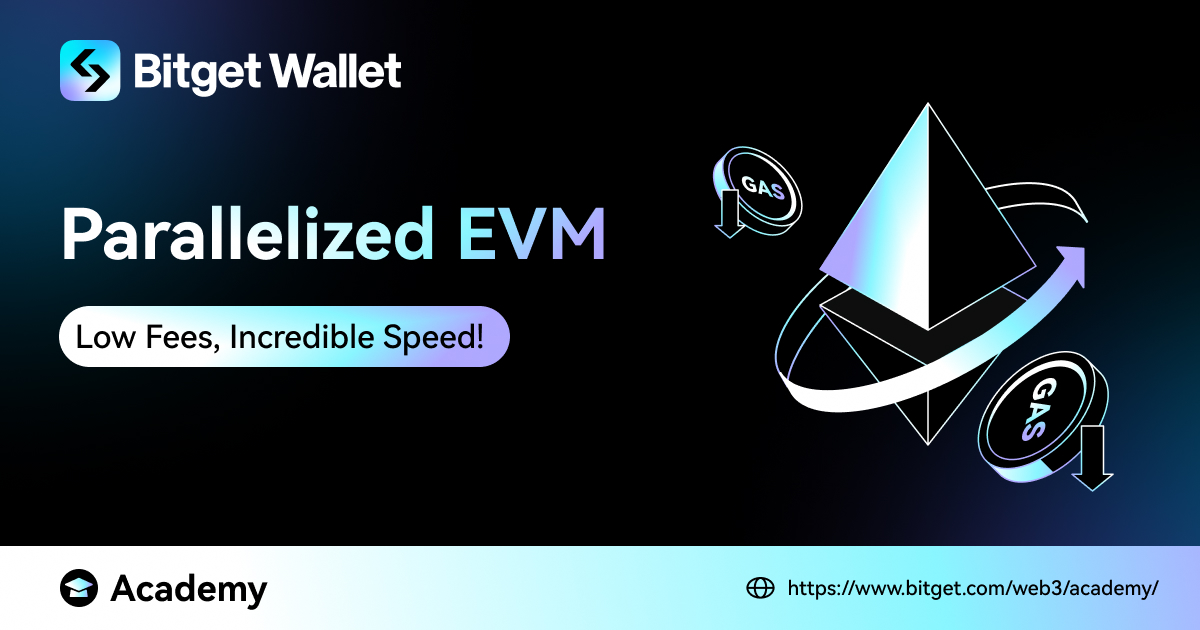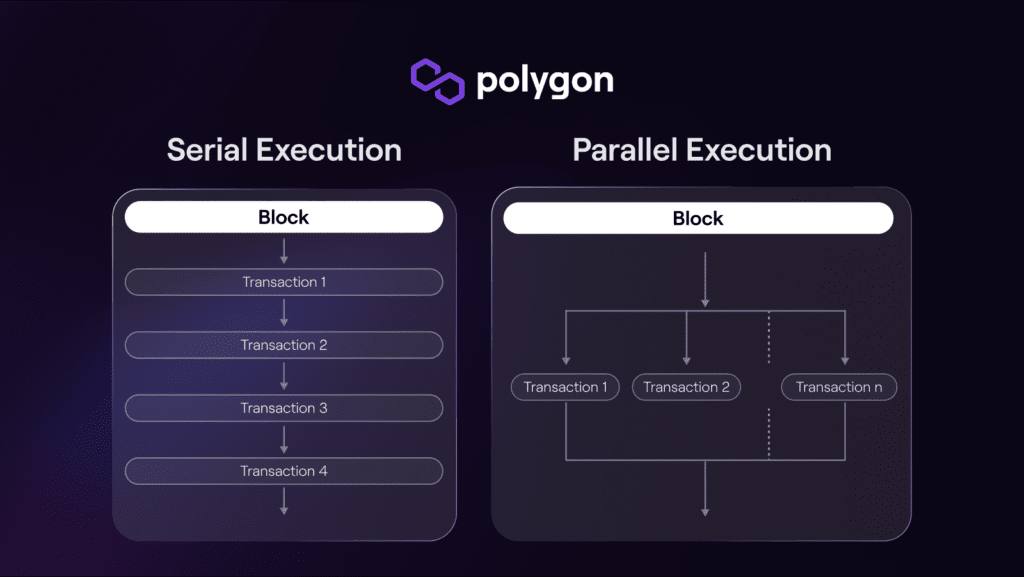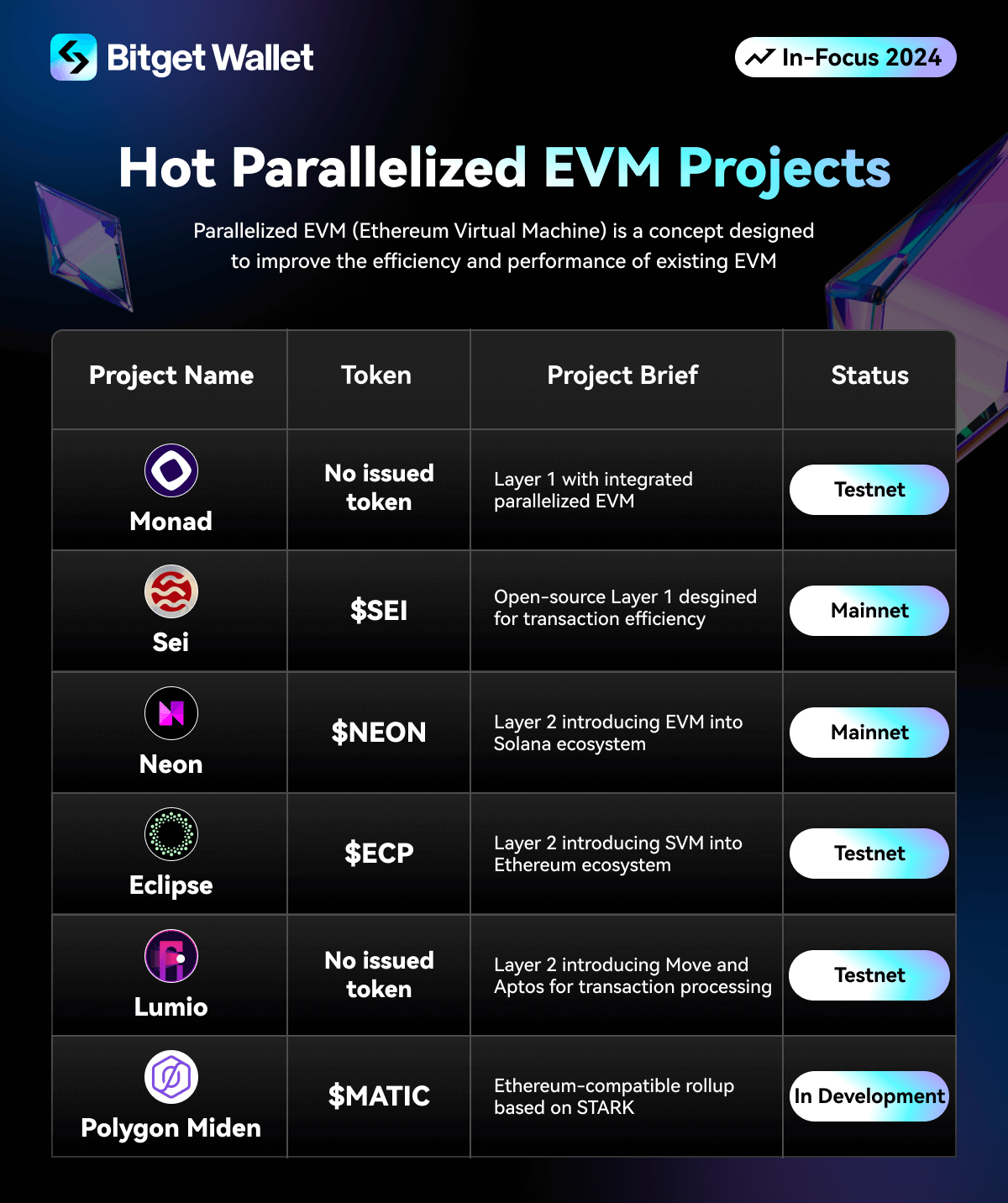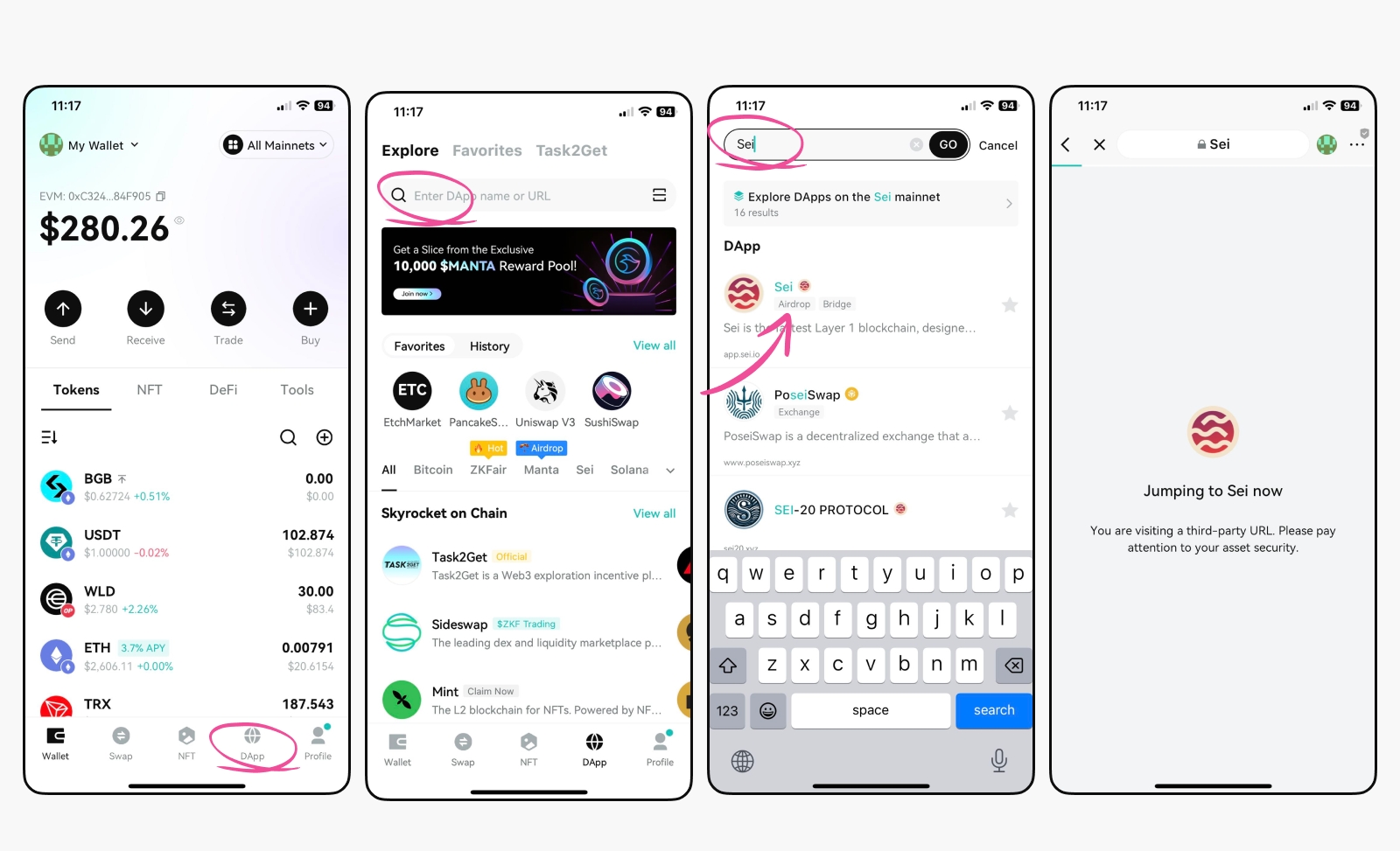Parallelized EVM: Top Projects To Look Out For!

The blockchain space is evolving rapidly, and innovations like Parallelized Ethereum Virtual Machine (Parallelized EVM) are reshaping the landscape, promising increased efficiency and scalability. In this article, we'll explore what Parallelized EVM is, how it differs from the traditional Ethereum Virtual Machine (EVM), and its potential impact on the blockchain ecosystem.
The Evolution of Ethereum Virtual Machine (EVM)
The EVM serves as the heart of the Ethereum blockchain, responsible for processing transactions and executing smart contracts. In a standard EVM, transactions occur sequentially, creating a linear and orderly progression. However, as blockchain usage grows, this sequential processing can lead to bottlenecks, delays, and higher costs, especially during periods of high transaction volume. The necessity for a solution that is able to handle periods of high congestion while maintaining transaction efficiency has thus became evident.
Introducing Parallelized EVM
Parallelized EVM is a new technology that is reshaping the blockchain landscape. It promises increased efficiency and scalability by introducing parallel processing to transactions and smart contract executions. Unlike the standard Ethereum Virtual Machine (EVM), which processes transactions one after the other, Parallelized EVM can handle multiple transactions simultaneously, significantly improving the efficiency and scalability of the network.
How Does Parallelized EVM Work?
Imagine traditional EVM as a single-threaded process, where transactions wait in line for processing. In contrast, Parallelized EVM operates as a multi-threaded system, allowing independent transactions to be processed simultaneously in a process called "Independent Block Data Processing". This parallel approach enhances the overall speed of block processing, enabling the network to handle a higher volume of transactions swiftly and cost-effectively.
To simplify the concept, imagine cooking for a party. In a traditional setup, one person handles all tasks sequentially. Parallelized EVM, on the other hand, is like assigning different tasks to friends simultaneously – one goes to the market, another arranges utensils, someone else cuts veggies, and another cooks. This division of labor reduces time and increases efficiency, similar to how Parallelized EVM processes transactions efficiently.

This novel processing mechanism allows hundreds of nodes to come to agreement about transaction ordering and inclusion. By reducing congestion, especially during periods of high demand, parallel execution offers a more streamlined and efficient experience for users. This ability to process multiple transactions concurrently rather than sequentially means decentralized applications (DApps) can operate more seamlessly, even during periods of high network demand.
Let's consider a block with three transactions: A, B, and C. In a standard EVM, these transactions would be processed sequentially, one after the other. However, Parallelized EVM introduces parallel processing, allowing transactions A and C to be processed simultaneously since they are independent of each other. This not only speeds up the processing time but also reduces congestion and transaction fees.
To illustrate the practical impact, let's look at a decentralized exchange (DEX) running on the blockchain. In a traditional EVM, if multiple users attempt to execute trades simultaneously, each trade must wait for the previous one to complete, resulting in slow execution and a poor user experience. Parallelized EVM addresses this by processing many trades concurrently, leading to faster execution, a more responsive DEX, and an overall improved user experience.
Why Parallelized EVM is Gaining Attention
The Inscription Trend and Network Stability
The surge in interest surrounding Parallelized EVM is intricately tied to the prevailing inscription trend. As blockchain networks experience disruptions and rising transaction costs, the stability exhibited by Parallelized EVM becomes a compelling solution. While inscription sagas unfold in major Layer 1 and Layer 2 solutions, Parallelized EVM stands resilient, offering a stable alternative to navigate the complexities of the evolving blockchain ecosystem.
Enhancing User Experience
At the core of Parallelized EVM's rising popularity is its transformative impact on user experience. By adeptly processing multiple transactions simultaneously, Parallelized EVM not only reduces network congestion but also accelerates transaction verification. This means that users do not have to wait for prolonged periods of time before they are able to see their transactions fully reflected on the blockchain. This translates into a smoother and more responsive user experience, a critical factor in the ever-expanding blockchain user base.
Top Parallelized EVM Projects
As parallelized EVM gains in popularity, several projects stand out for their innovative approaches, promising heightened performance and scalability. Let's explore three noteworthy projects garnering attention.

SEI Network
At the forefront of innovation, SEI Network employs a unique blockchain model where validators play a central role in updating the network's state. What distinguishes $SEI is its inherent flexibility, allowing users to customize essential operations to suit specific use cases. Notably, the implementation of parallelization within $SEI serves as a strategic enhancement, particularly during transaction processing.
Currently, Bitget Wallet supports asset management and connection to the Sei mainnet. To visit the Sei DApp from within your Bitget Wallet, simply tap on "DApp" on your Bitget Wallet homepage and search for "Sei" to directly access the DApp.
Also read: Experience Sei With Bitget Wallet!

NEON EVM
NEON EVM stands at the forefront of blockchain innovation, seamlessly integrating an Ethereum Virtual Machine within the Solana blockchain. This unique integration positions NEON EVM as a smart contract, unlocking distinctive advantages for developers. Unlike traditional platforms, the platform empowers developers to deploy Ethereum DA directly on Solana without necessitating any code changes, underscoring NEON EVM's commitment to efficiency but also streamlines the development workflow for greater convenience. Leveraging Solana's technical prowess, NEON EVM prioritizes security, decentralization, and sustainability as integral components of its design.
Monad
With a remarkable capacity to handle up to 10,000 transactions per second, Monad positions itself as a Layer 1 frontrunner in transaction processing capabilities. The standout feature of a one-second block time and instant finality amplifies Monad's commitment to unparalleled efficiency in blockchain operations.
The driving force behind Monad's success lies in its unique approach to scaling. By prioritizing rapid transaction processing, Monad not only meets but exceeds the demands of a high-throughput environment. This approach aligns seamlessly with the platform's overarching commitment to operational efficiency, making it a beacon for developers and enterprises seeking a scalable and agile blockchain solution.
Closing
In summary, Parallelized EVM represents a significant step forward in blockchain technology. By introducing parallel processing to the Ethereum ecosystem, it tackles scalability issues and provides a more efficient way of processing transactions. As the Web3 space evolves, innovations like Parallelized EVM will likely play a crucial role in shaping a faster, more scalable, and cost-effective future for decentralized applications. However, it's essential to note that while the potential is vast, Parallelized EVM is still an experimental feature, and thorough research is advised before considering investments in this space.
Follow Bitget Wallet to stay up-to-date with all of our latest events, findings, and promotions, and let Bitget Wallet be your premier gateway into the Web3 space.
For more information, visit: Website | Twitter | Telegram | LinkedIn | Discord
For media inquiries, please contact: [email protected]
For business inquiries, please contact: [email protected]
 No data found.
No data found.














